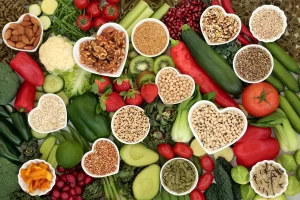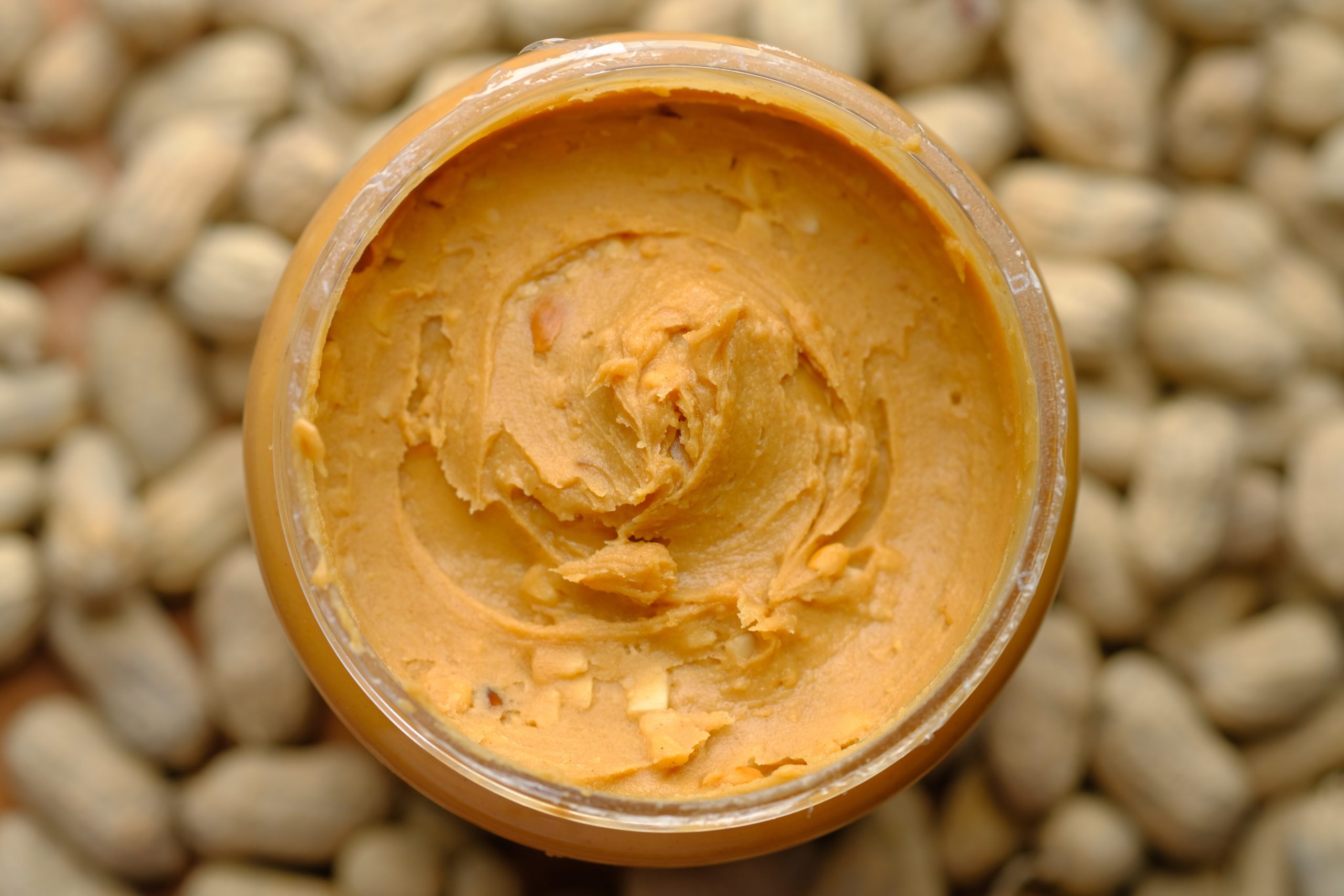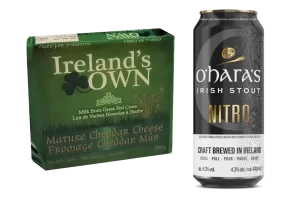
I’m feeling nuts about nut butters

If you read last week’s blog, the theme (no surprise!) was on getting a healthy start to 2022. Whole foods are a key part of a healthy diet, and nuts – as long as you have no allergy or sensitivity to them – are a whole food that offers numerous benefits. Ditto for nut butters.
Some manufacturers add salt, sugar, and hydrogenated oils. Others, like the Vince’s Own brand, use only the nut itself, which in our case includes peanuts, almonds, or cashews. I prefer the more natural option.
Nuts in general, and nut butters, are a great source of protein, fiber, vitamins, minerals, and phytochemicals. But arguably the most popular one – peanuts – are actually a legume.
Natural Peanut Butter
Like true nuts, peanuts are high in fat, approximately 50 percent by weight. Roughly half of that is healthy monounsaturated fat, another third is polyunsaturated omega 6, and the rest is saturated fat.
The remainder of the peanut is split between protein and carbohydrate, with the latter being mostly fibre – not sugars. The humble peanut has a decent nutritional profile, especially if you’re leaning towards a low-carb or keto diet.
But there’s still more to this spread. It’s rich in potassium and magnesium, and a good source of vitamins E, B3, B6, and folate. But use it in moderation, as a typical two-tablespoon serving clocks in at 188 calories. About the same as six cups of broccoli!
Almond Butter
Both peanut butter and almond butter are nearly equal in calories – and fat. The difference is that almond butter has roughly 25 percent more monounsaturated fat, and less saturated fat. Which in my mind, gives it the edge.
This nut butter also has three times the vitamin E and seven times the calcium, not to mention more fiber. But it also costs significantly more, so I tend to buy it less often – or when it’s on sale!
Creamy Cashew Butter
The cashew, like the peanut, is also not a nut, but neither is it a legume. It is a seed of a “drupe” (the cashew fruit). It is also pricier than the peanut, which makes cashew butter a less common option. That being said, it is one of my favourite spreads, as it’s naturally sweet (without added sugar), and is deliciously creamy.
Natural nut butters, which lack emulsifiers or hydrogenated fats, tend to separate at room temperature. In other words, the oil rises to the top. But don’t let that turn you off. A little stirring will return it to a nice, creamy texture, and you can store it in the refrigerator to help keep it that way.
Bottom line: There are many more ways – other than sandwiches – to enjoy delicious, natural nut butters. One of my favourites was from an earlier Power Up recipe for Creamy Peanut Butter Cups. These are decadent, yet surprisingly healthy. And for something a little different, you can substitute the other nut butters.
Give it a try, and let me know what you think!
–Neil






